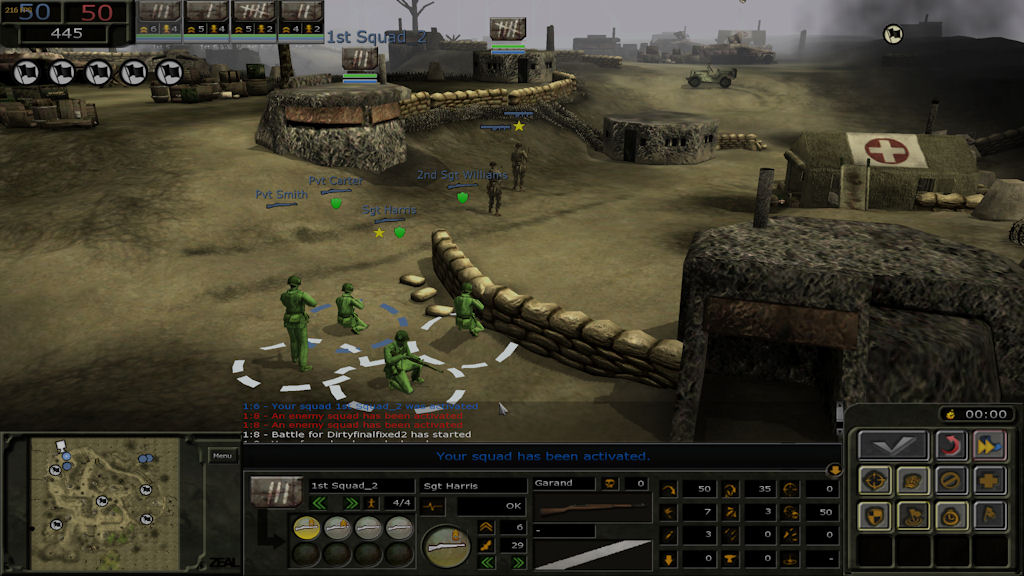
My current research project – The Nuclear Biscuit – is an ambitious and time-intensive effort that I never could have imagined undertaking had I not been a Carnegie Fellow. National Academy of Public Administration. And my Andrew Carnegie fellowship allowed me to research and write my first book, which analyzed cooperative threat reduction between the United States and Russia and went on to win a prize from the U.S. My own research has benefited greatly from the Corporation, which funded the program at Princeton University where I got my very first post-PhD job. There is also a selfish reason: I get the joy that comes from enabling this through grantmaking. I came to the Corporation because I get to read these “books” and because I expect to learn, engage with intractable problems, make new discoveries, and help others reduce the dangers of nuclear weapons. Working at the Corporation is akin to being given a seat at a library with a profusion of books on the issue that matters to you most, including some that are rare or unpublished. Besides a deep history, grantees have provided important insights around issues ranging from strategic stability to preventing nuclear war to trying to understand how individuals see their own relationship to nuclear threats. The Corporation has been involved in trying to reduce the risks of nuclear weapons since they were first used in 1945. Carnegie Corporation promised a much wider aperture. But in each case, I got a snapshot of issues related to nuclear weapons. Besides geography, my connection to nuclear weapons and security includes being a researcher, an educator, and a government bureaucrat. I grew up in rural Missouri in an area that would most likely have been destroyed by fallout had there ever been a nuclear war between the United States and the Soviet Union. Why did you decide to join Carnegie Corporation of New York as a senior resident fellow? In the following Q&A, Weiner discusses the role of the nongovernmental sector in reducing nuclear threats, the need for public awareness of weapons programs and nonproliferation, what she hopes to accomplish during her time at the Corporation, and more. The book offers an analysis of when the political power of the chairman of the JCS is maximized and can challenge civilian control of the military. She is the author of Our Own Worst Enemy? Institutional Interests and the Proliferation of Nuclear Weapons Expertise (MIT Press, 2011) and the forthcoming Managing the Military: The Joint Chiefs of Staff and Civil-Military Relations, which will be published by Columbia University Press in November 2022. With her collaborator Moritz Kuett of the Institute for Peace Research and Security Policy at the University of Hamburg, Weiner is trying to determine whether people act according to the expectations of deterrence theory and engage in rational analysis, or whether individuals instead use one of any number of less than rational decision-making shortcuts, as predicted by behavioral psychology. The goal is to understand how people make decisions in a crisis involving nuclear weapons, where the consequences are extremely high and uncertainty great.

When pitching yourself against the AI is not enough, Strategic War in Europe offers hot-seat and PBEM for all your multiplayer needs. Seven scenarios with up to 25 controllable countries, each with five scaling difficulty settings make for an incredible replayability. From overthrowing governments and researching new technologies, to securing air supremacy and supplying your troops by water and railway, Strategic War in Europe is a strategist's dream. A compact, large-scale map and clear basic rules will not overwhelm you, yet the choices you will be presented with should satisfy all your tactical needs. Strategic War in Europe takes you back in time to World War 2.įollowing the 'easy to learn, hard to master' design principle, Strategic War in Europe combines accessibility with a plethora of strategic options.


 0 kommentar(er)
0 kommentar(er)
